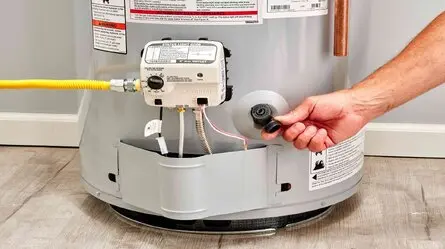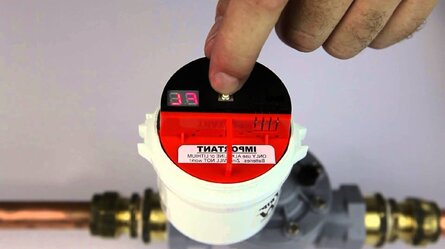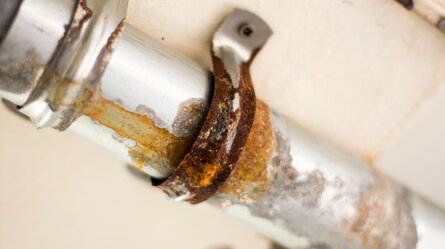In the past, fixing pipes usually meant digging up your yard, causing quite a disruption. Thankfully, with advances in plumbing technology, we now have trenchless solutions like pipe relining. This technique forms a new lining inside the current pipe, making for a more efficient and durable repair.
However, ensuring the success of pipe relining relies heavily on proper assessment. Here’s where CCTV inspections come in. These inspections utilise high-tech cameras to provide a detailed view of the pipes’ interior. This information is crucial for determining the relining’s feasibility and tailoring the approach for optimal results. As the demand for reliable and durable plumbing solutions grows, CCTV inspections play a vital role in ensuring the effectiveness of modern pipe relining techniques.
What Is Pipe Relining
Pipe relining is a cost-effective and efficient method of repairing damaged pipes without the need for extensive digging. The process involves using a CCTV camera inspection to identify the exact location and extent of the damage within the pipe system. During the CCTV drain inspection, a small camera mounted on a bright LED light is inserted into the drain pipe, allowing plumbers to accurately assess the structural integrity of the pipes and locate any blockages, leaks, or debris.
After completing the CCTV pipe inspections, the relining process kicks off. A unique resin-soaked liner is inserted into the damaged pipes, inflated, and allowed to cure in place. This technique forms a seamless, sturdy new pipe within the old one, effectively fixing the damage with no need for digging.
CCTV drain inspections offer numerous advantages when it comes to detecting common plumbing issues.
Blockages caused by debris, grease, or foreign objects can be easily spotted, allowing for targeted cleaning or removal. Cracks, holes, and joint misalignments can also be identified, helping plumbers determine the extent of the damage and whether pipe relining is a suitable solution. Additionally, root intrusions, which can cause significant damage to pipes over time, can be detected during a CCTV pipe inspection, enabling prompt action to prevent further deterioration.
Are CCTV Inspections Used for Pipe Relining?
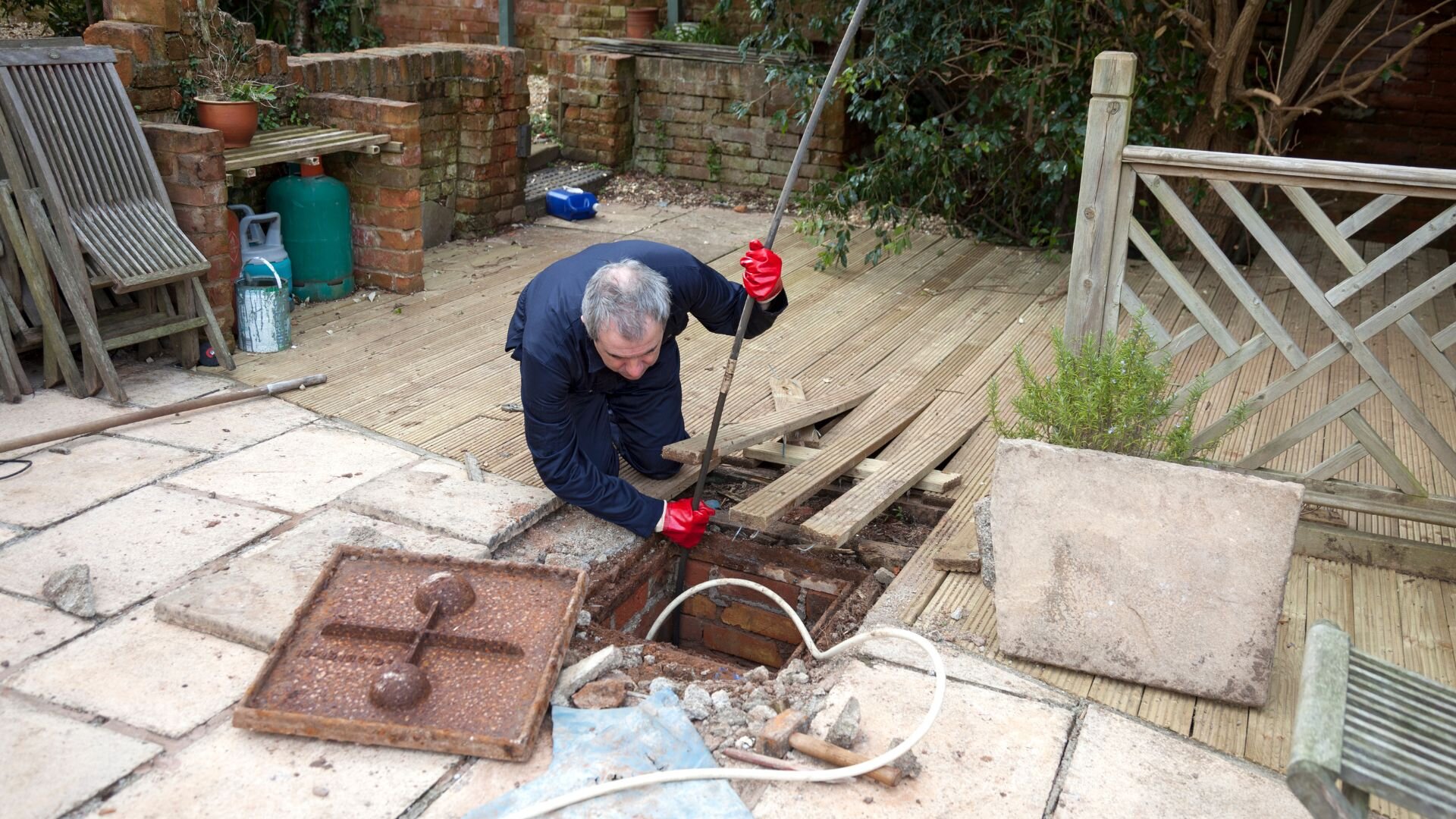
The Integration of CCTV Inspections in Pipe Relining
CCTV inspections are an integral part of the pipe relining process, providing valuable insights into the condition of the pipe system before, during, and after the relining work. The process begins with a thorough CCTV drain inspection, where a small camera is inserted into the pipes to assess their internal state. This initial inspection helps plumbers identify any existing issues, such as cracks, blockages, or root intrusions, and determine the feasibility of pipe relining as a repair solution.
Planning and Executing Pipe Relining with CCTV Inspections
Once the initial CCTV pipe inspection is completed, plumbers use the gathered data to plan the pipe relining project. The information obtained from the inspection, such as the exact location and extent of the damage, helps them select the appropriate relining materials and techniques.
During the relining process, CCTV cameras are used to monitor the progress of the work, ensuring that the liner is installed correctly and adheres properly to the existing pipe walls. After the relining is completed, a final CCTV inspection is conducted to verify the success of the repair and ensure that the relined pipe is free from any defects or issues.
Advantages of Using CCTV Inspections in Pipe Relining
Precision and Accuracy in Pipe Relining
One of the primary advantages of using CCTV drain cameras in pipe relining is the precision and accuracy they provide. By conducting a thorough CCTV pipe inspection before the relining process, plumbers can gather detailed information about the condition of the pipes, including the exact location and extent of any damage or blockages. This enables them to plan the relining work with greater precision, ensuring that the liner is installed correctly and effectively addresses the specific issues identified during the inspection.
Cost-Effectiveness and Efficiency
CCTV inspections make pipe relining projects more cost-effective and efficient. By precisely assessing pipe conditions beforehand, plumbers can skip unnecessary digging and repairs, concentrating only on areas that truly need it.
This targeted approach saves time and money, as it minimises disruption to the surrounding environment and reduces labour costs. Additionally, by using CCTV cameras to monitor the progress of the relining work, plumbers can ensure that the job is completed correctly the first time, preventing the need for costly rework or repairs in the future.
Comprehensive Pipe Assessment
Another key benefit of using CCTV inspections in pipe relining is the comprehensive assessment they provide. With advanced CCTV equipment and techniques, plumbers can inspect even the most difficult-to-reach areas of the pipe system, identifying issues that may not be visible through traditional inspection methods. This comprehensive assessment ensures that all potential problems are addressed during the relining process, resulting in a more reliable and long-lasting repair.
Professional Expertise and Service
Finally, the use of CCTV inspections in pipe relining demonstrates a commitment to professional expertise and service. By investing in advanced inspection technology and training, plumbing companies can offer their clients a higher level of service and ensure that pipe relining projects are completed to the highest standards of quality and efficiency. This professional approach benefits individual clients and contributes to the plumbing industry’s overall reputation and success.
Steps Involved in CCTV Inspection for Pipe Relining
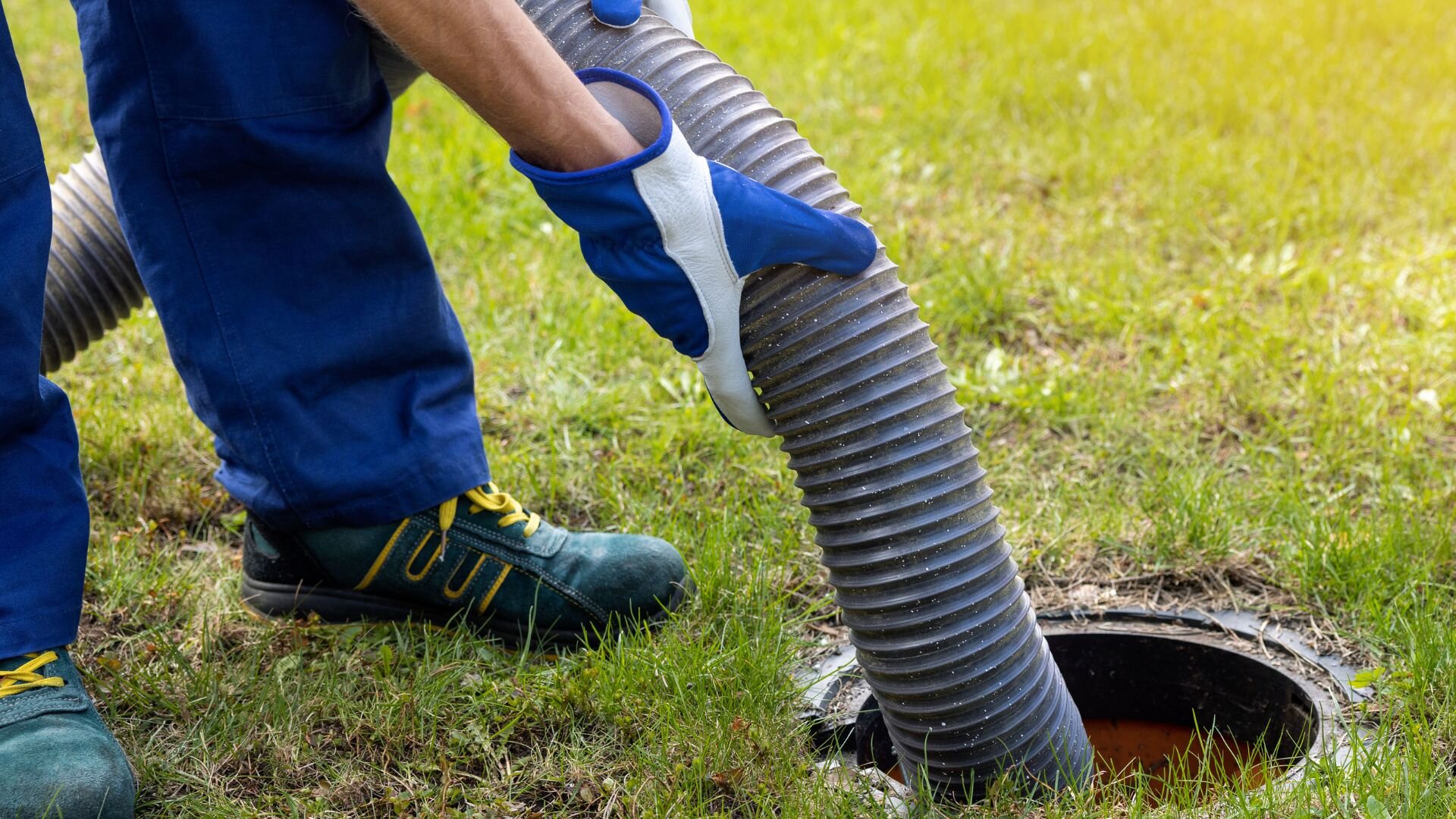
Pre-Inspection Preparation
Before conducting a CCTV pipe inspection, the property owner or manager should ensure that the area around the access point is clear and easily accessible. This may involve removing any obstacles or debris that could hinder the inspection team’s work. It’s also important to inform the inspection team of any known plumbing problems or concerns, as this can help them focus their efforts on specific areas of the pipe system.
Inspection Process
The CCTV inspection process begins when the inspection team arrives at the property and sets up their equipment. They will then locate the access point for the pipe system, which is typically a cleanout or inspection chamber. The team will insert a small, high-resolution CCTV camera mounted on a flexible rod into the pipe. As the camera navigates through the pipe, it transmits real-time video footage to a monitor, allowing the team to assess the condition of the pipes and identify any issues, such as cracks, blockages, or root intrusions.
Identifying Issues and Planning Repairs
During a CCTV drain inspection, the team meticulously examines the footage, spotting signs of wear or damage. They note the precise locations and severity of issues, like blocked drains or collapsed sections. This data is used to draft a detailed report on the pipe’s condition, recommending necessary repairs like pipe relining.
Choosing the Right Service Provider for Pipe Relining
When choosing a pipe relining service, it’s crucial to select a qualified and experienced provider. They should have a team of professionals skilled in inspecting pipes, identifying plumbing problems, and determining the best relining solutions. Reputable providers use advanced technology, like CCTV cameras, to assess pipe systems accurately and locate exact problem areas.
Look for providers with a proven track record of successful relining projects. Ensure they use high-quality materials and offer a range of services, such as CCTV drain inspections, blockage removal, and drainage cleaning.
Request detailed quotes, review their websites, and read online reviews to evaluate and compare different providers. Don’t hesitate to ask questions about their process, equipment, and qualifications to make an informed decision.
Ensuring Your Pipes Are in Top Condition
Don’t reline in the dark! Ensure a successful pipe rehabilitation project with a thorough CCTV inspection from Woolf Plumbing. Our high-definition cameras provide a clear picture of your pipes’ condition, allowing for precise relining and lasting results.
With Woolf Plumbing, you tap into our expertise and steadfast commitment to providing exceptional plumbing solutions. Don’t put up with plumbing troubles any longer. Reach out to Woolf Plumbing today for a complimentary consultation and discover how our pipe relining services can secure a hassle-free future for your pipes. Give us a call or check out our website to book your inspection.


